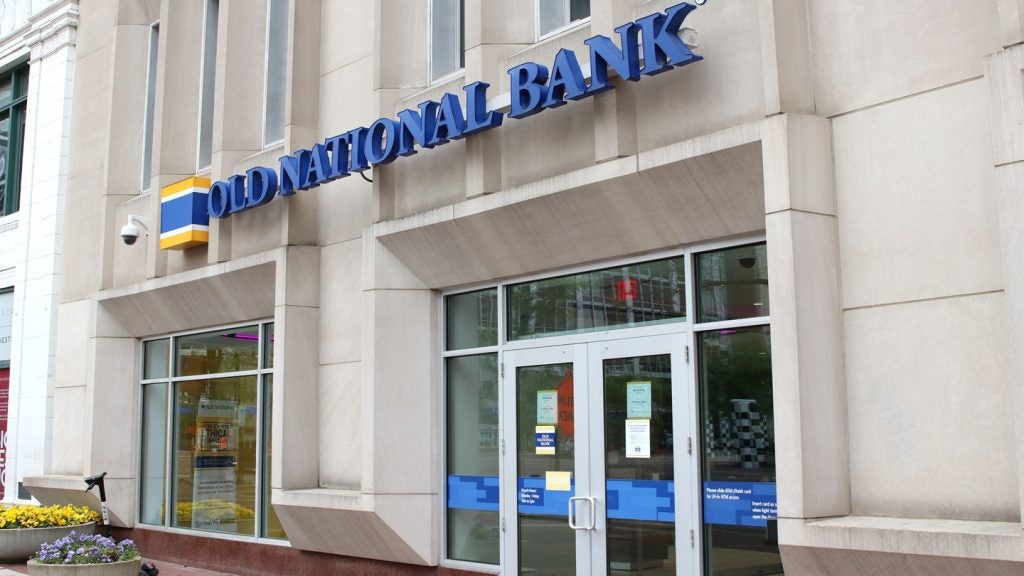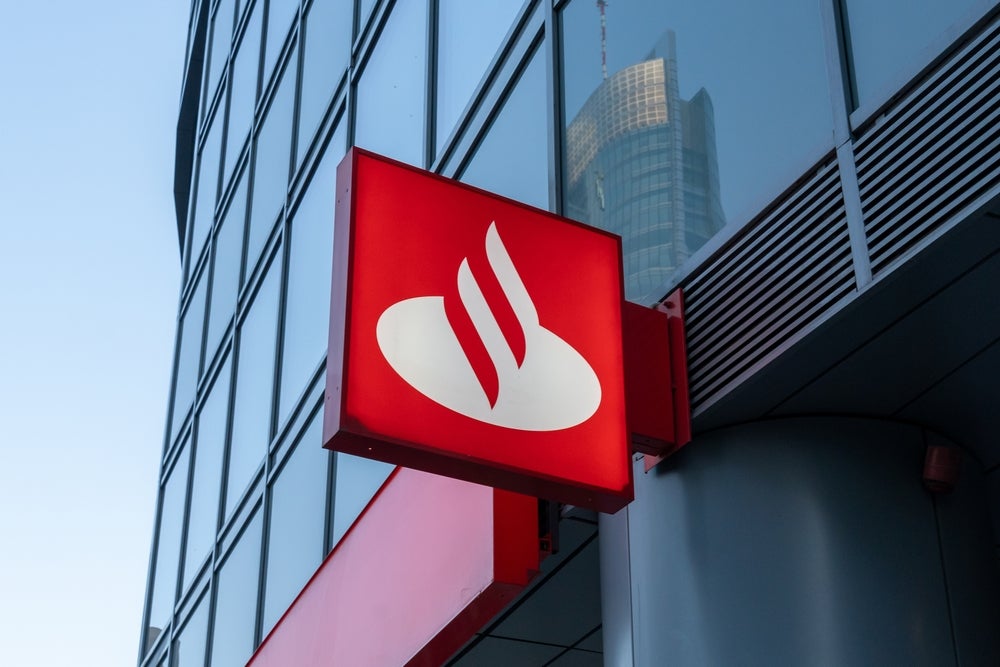Deutsche Bank Belgium has launched its new, annual
advertising campaign that is shot on candid camera and focuses on
how customers should not be paying for any hidden, extra bank
charges. Meghna Mukerjee talks to the head of communications at
Deutsche Bank, Stephan Salberter, and the media agency behind the
campaign.
 What if
What if
a local bakery or supermarket market charged money each time a
customer had to enter and exit the store? Consumers would not put
up with it. Then why put up with a bank that does that?
Deutsche Bank’s message to its customers in
Belgium is simple.
On 16 January, Germany-headquartered Deutsche
Bank has launched its new, annual advertising campaign in Belgium
that focuses on the theme of lenders charging customers
unreasonable banking charges.
For the new ad campaign, Deutsche Bank has
created two short video spots for the web that have been shot on
candid camera, at two locations – a grocery store and a bakery.
How well do you really know your competitors?
Access the most comprehensive Company Profiles on the market, powered by GlobalData. Save hours of research. Gain competitive edge.

Thank you!
Your download email will arrive shortly
Not ready to buy yet? Download a free sample
We are confident about the unique quality of our Company Profiles. However, we want you to make the most beneficial decision for your business, so we offer a free sample that you can download by submitting the below form
By GlobalDataThe advertisements show consumers being asked
for €1 each time they wish to enter or exit the stores, and capture
their spontaneous reactions, to signify how users could get
unfairly charged at institutions they use regularly.
Stephan Salberter, head of communications for
Deutsche Bank, says, “We are talking about cost because we are very
dedicated to savers and investor in Belgium. A lot of people are
used to paying for bank fees because they are used to it. Customers
don’t even think about it sometimes. But if other sectors behaved
like banks, customers would not stand for it.”
Through the new advertising campaign, Deutsche
Bank’s point is to reiterate the fact that customers should not pay
banking fees “on principle”, especially when they are switching
lenders.
Brussels-based advertising agency¸
Mortierbrigade, came up the concept of the ads.
The brief given to Mortierbrigade was to make real people think
about their spending on banks and create parallels with other
institutions they use in daily life.
The shoot for the videos was completed in one
day.
“There is only one actor for each video spot.
The other people did not realise they were on camera at all but
when they were leaving the store, we explained the concept to them
and asked them for permission to broadcast the footage online,”
says Salberter.
“We have a long history and tradition of
assertive and provocative advertising,” adds Salberter.
Mortierbrigade has been working with Deutsche
Bank for over five years and has created more than 25 campaigns for
the lender.
Creative director of the current Deutsche Bank
ad campaign at Mortierbrigade, Joost Berends, tells
RBI:
“The brief for this campaign was about
focusing on the fact that Deutsche Bank customers don’t need to pay
for any unnecessary costs like they still do at the other big banks
in Belgium.
“At the beginning of every year we make an ad
campaign for Deutsche Bank. We have savings campaigns and this is
the cost campaign.”
This is the first time real people and
real-time footage as been used for any Deutsche Bank campaign and
Berends thinks it may also be a first for the banking sector
advertisement in Belgium.
The last big ad project Mortierbrigade created
for Deutsche Bank was the ‘Heroes’ campaign at the beginning of
2011.
“The concept was that you don’t need a hero to
defend your interests – you need a bank that really cares for its
clients,” explains Berends.
Salberter says the production costs for the
current ad campaign are quite low, which is “also part of the
message”. The budget for the corresponding web movie is
€20,000.
According to Berends, the ad concept may be
simple but the shoot took time to organise and the videos required
“about four days of editing”.
The current ad campaign also features three
radio commercials – for approximately 20 seconds each – in Dutch
and French, which follow the same theme.
Deutsche Bank also has online video-banners
for its new ad campaign that went live on 21 January.
“The online video-banners use footage of the
film. If you click through, you come across a page that compares
the costs of Deutsche Bank with the costs of other banks. So you
really get a concrete answer of what Deutsche Bank does differently
from the others,” said Berends.
The below the line activities associated with
the ad campaign – including “huge outdoor hoardings” and direct
mailing – will continue to roll out until mid-February.
There are no plans, however, of extending the
current ad campaign to other markets beyond Belgium.
“Deutsche Bank is present in various countries
with retail operations and different business models. The value
proposition in say Italy or Spain in not the same as it is in
Belgium. So it is a local campaign,” says Salberter.
As for social media, Deutsche Bank Belgium has
no presence on Facebook or Twitter. But customers are “themselves
commenting on Twitter and Facebook” about the new ad campaign, says
Salberter.
“We have a lot of conversation around it. We
have over 120,000 views of the videos that you can see on our
channel in French and Dutch. We have done that without any paid
advertising at the moment. Locally, we give people the opportunity
to share and post their comments via our website,” adds
Salberter.
According to Salberter, the number of
followers that banks generally have on social networking sites is
much more than the number of bank clients who actually engage with
the lenders over those platforms.
But Deutsche Bank is “monitoring” the
possibilities of launching itself across social media.
“We are now investigating the subject and we
will come up with a strategy soon. The content and community
management is very important,” adds Salberter.
Berends says Deutsche Bank is a “challenger”
to the big banks in Belgium such as ING, Dexia, BNP Paribas, Axa
Bank, and KBC.
Among the other advertisements in the banking
sector, Berends says the Dexia campaign in Belgium is very
interesting as a marketing concept.
“I quite liked the Dexia campaign six months
ago with the ‘new family’ idea,” he says.
On the other hand, Salberter opts for ING,
adding that the lender has done “good work” and has “a lot of
successful campaigns”.
Deutsche Bank has over 350,000 customers in
Belgium and a network of 35 branches.







